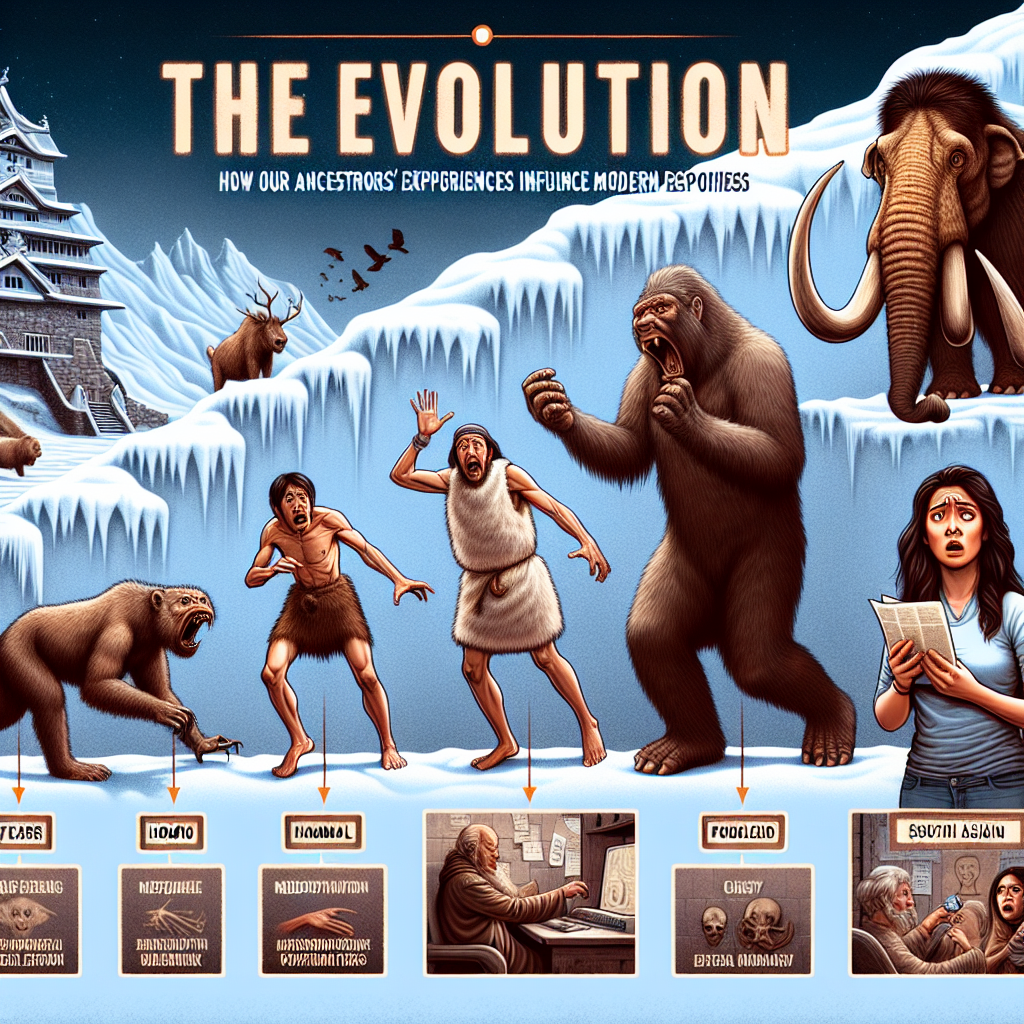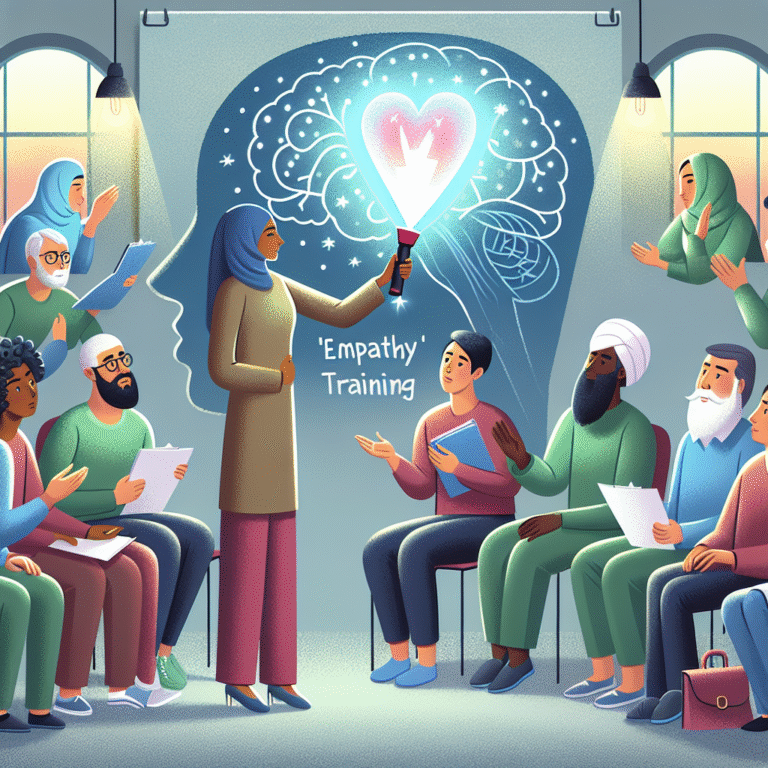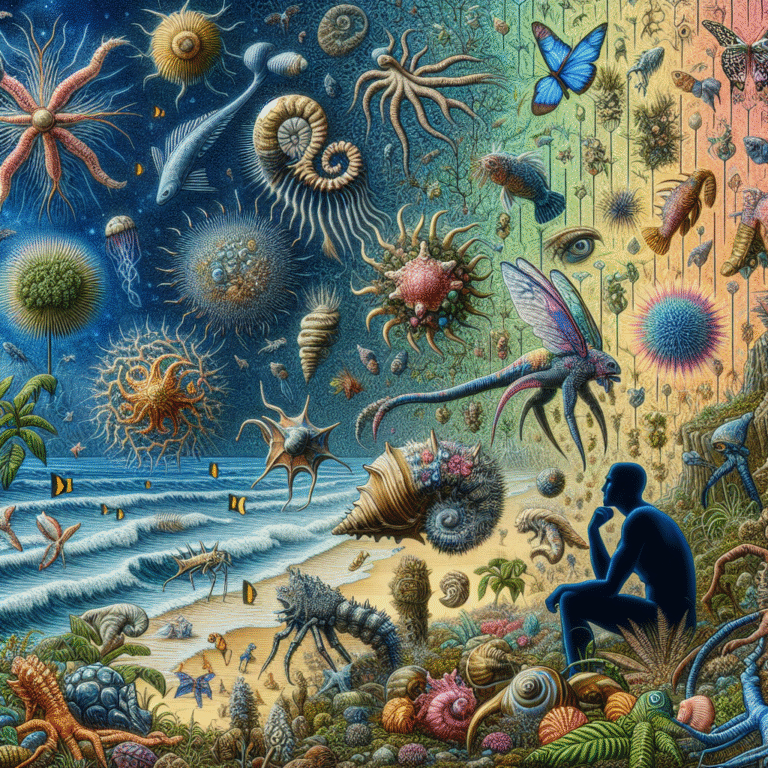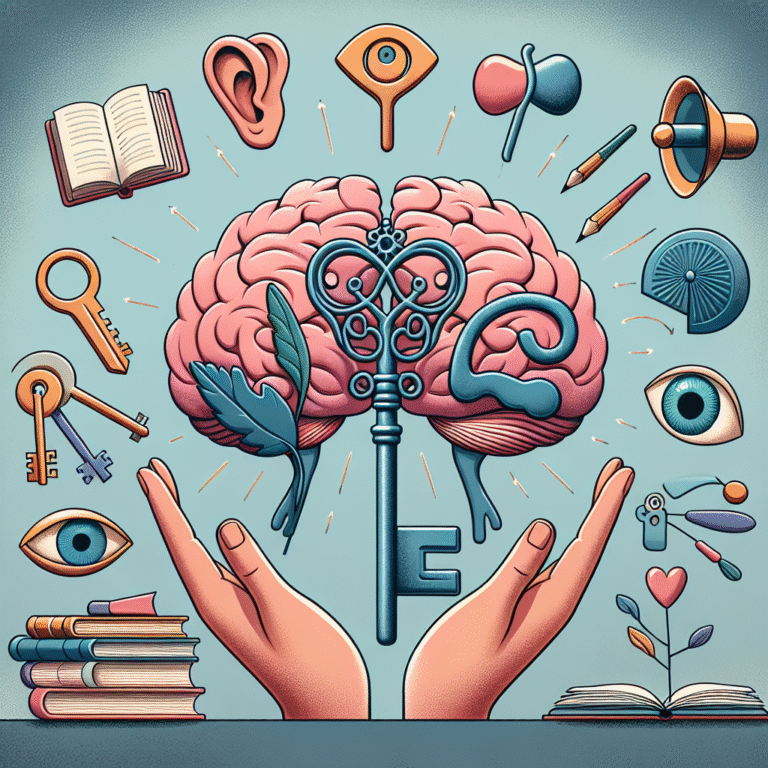
Introduction
Fear—a primal emotion deeply embedded in our survival instincts—has shaped humanity since the dawn of time. But what if I told you that the very fears our ancestors faced continue to echo through generations, influencing modern responses in ways we may not even realize? Understanding the evolution of fear: how our ancestors’ experiences influence modern responses is more than an exploration of psychology; it’s an essential look at how our past shapes our present.
In an age where technology has provided us with relative safety, the shadows of ancient fears loom large in our psyche. Fear of predators, environmental disasters, and social ostracism were once critical to survival, and while society has evolved, many of these primal fears persist today, often manifesting in more complex forms. This article aims to delve into this fascinating evolution, providing valuable insights that will change how you view your own fears.
The Origins of Fear: A Biological Imperative
The Role of Fear in Evolution
At its core, fear is a biological response aimed at increasing survival opportunities. Early homo sapiens grappled with threats from both the environment and other species. According to research published in Nature, our ancestors who had heightened responses to fear were more likely to survive, reproduce, and pass on their predisposition to future generations.
Case Study: The Fight or Flight Response
The "fight or flight" response, first identified by physiologist Walter Cannon in 1915, illustrates the immediate and automatic nature of fear. When faced with a threat (a predator, for instance), the body releases stress hormones—adrenaline and cortisol—preparing to take action. This age-old survival mechanism is still active in modern humans. For example, a 2018 study in Psychological Science indicated that individuals experiencing acute stress respond similarly to ancient humans, activating the same neural pathways when confronted with danger.
Table 1: The Fight or Flight Response Across Time
| Response Mechanism | Ancient Context | Modern Context |
|---|---|---|
| Adrenaline Release | Predators or Threats | Public Speaking, Job Interviews |
| Increased Heart Rate | Escaping Danger | Anxiety Attacks, Panic Disorder |
| Heightened Awareness | Finding Food/Shelter | Assessing Threat in Urban Areas |
Fear as a Social Tool
In the evolutionary landscape, fear also serves a social purpose. The fear of social ostracism kept early humans within their groups, providing safety in numbers. While individual survival was paramount, a collective fear of being outcast influenced social behavior, communication, and ultimately the development of societies.
Case Study: The Fear of Public Speaking
Consider the widespread fear of public speaking, also known as glossophobia. This anxiety likely stems from the primal instinct to fit in and avoid exclusion. A survey conducted by the National Institute of Mental Health found that approximately 73% of the population experiences some level of fear when speaking in public. This fear can be traced back to the critical importance of maintaining social connections, reflecting a modern manifestation of an ancient survival instinct.
The Transformation of Fear Through History
Cultural Influences on Fear
As societies evolved, so too did the manifestations of fear. The cultural context in which fear is experienced can significantly impact its nature and severity. In a society deeply rooted in superstition, fears may center on the supernatural, while in technologically advanced societies, fears may transform into worries about financial stability or global crises.
Case Study: The Salem Witch Trials
During the Puritan era in colonial Massachusetts, community fears were projected onto individuals suspected of witchcraft. This phenomenon illustrates how fear can spiral within a community, fed by socio-political tensions and cultural beliefs. The trials resulted in the execution of 20 individuals, a powerful reminder of how fear can drive human behavior to irrational extremes. Modern parallels can be drawn to societal reactions driven by fear—be it fear of crime, immigrants, or even misinformation.
The Psychological Impact of Fear
Modern psychology continues to explore the myriad ways fear influences human behavior. Conditions such as PTSD or anxiety disorders can trace their roots through generations, influenced not only by personal experiences but also by collective historical trauma. The fear responses developed by our ancestors can remain embedded in our DNA, influencing how we process stress and fear today.
Case Study: Intergenerational Trauma
Research illustrates this through the lens of intergenerational trauma, where the descendants of those who suffered significant trauma—such as Holocaust survivors—exhibit heightened anxiety, fear responses, and stress-related disorders. A study by the American Journal of Psychiatry found that these descendants may carry altered stress response systems, effectively passing on their ancestors’ experiences.
Modern Manifestations of Ancient Fears
The Fear of Natural Disasters
While modern convenience and technology have provided safety, fears surrounding natural disasters persist. The catastrophic events that shaped our landscapes—earthquakes, floods, and hurricanes—invoke primal fears rooted in survival instincts. However, the fear has also evolved into anxiety around climate change, reflecting a modern understanding of our vulnerability.
Table 2: Evolution of Natural Disaster Fears
| Type of Threat | Ancient Response | Modern Manifestation |
|---|---|---|
| Earthquakes | Displacement | Climate Anxiety |
| Floods | Evacuation Strategies | Emergency Preparedness |
| Predation | Flight Response | Fear of Crime and Insecurity |
The Digital Age: A New Frontier of Fear
The advent of the digital age has introduced a fresh set of fears. Cybersecurity threats, social media anxieties, and online harassment are modern reflections of ancient fears—fear of being attacked or compromised. Although our enemies have changed, the emotional responses remain eerily similar.
Case Study: Cyberbullying
Cyberbullying has emerged as a significant issue that highlights the intersection of ancient fears with modern technology. Children who face bullying often experience anxiety reminiscent of ancient social exclusion fears. A study from the Journal of Youth and Adolescence reveals that victims often experience long-term emotional effects, including depression and social withdrawal.
Coping with Fear: Techniques Rooted in History
Mindfulness and Acceptance
One of the most effective means of combating modern fears is rooted in the ancient practice of mindfulness. By focusing on the present moment, individuals can mitigate the effects of anxiety and fear. This technique has historical roots in various cultures, from Buddhist meditation practices to ancient Stoic philosophies.
Case Study: Mindfulness-Based Stress Reduction (MBSR)
The popularity of Jon Kabat-Zinn’s Mindfulness-Based Stress Reduction program reflects a growing recognition of these ancient techniques. A systematic review published in JAMA Internal Medicine found that mindfulness practices significantly reduced anxiety, implying that tapping into these long-standing practices can effectively address modern fears.
Building Resilience Through Community
Human beings are inherently social creatures. Engaging with communities, sharing experiences, and finding support can mitigate fear. Early humans relied on group dynamics for survival, and the same principles apply today.
Case Study: Support Groups
Research conducted by Harvard Health Publishing demonstrates that support groups can provide significant relief for individuals facing various types of fear, including anxiety disorders and phobias. Group dynamics, comfort in shared experiences, and mutual understanding create a space where fear can be processed collectively.
Conclusion
The evolution of fear has traversed millennia, shaping our responses to threats both ancient and modern. By examining the evolution of fear: how our ancestors’ experiences influence modern responses, we can gain valuable insights into our emotional lives. Our fears, whether they take form as anxiety over public speaking, concerns about natural disasters, or worries amplified by technology, are interconnected with our ancestral past.
Understanding these dynamics equips us with the tools to overcome fear and move forward. Embrace the ancient wisdom found in your fears, and let it guide you toward resilience and understanding.
Actionable Takeaway
- Self-Reflect: Identify your specific fears and trace their origins—are they rooted in personal experience, or do they resonate with common ancestral struggles?
- Practice Mindfulness: Engage in daily mindfulness exercises to help ground yourself in the present.
- Connect: Share your fears with others—community can be a powerful antidote to anxiety.
- Educate: Arm yourself with knowledge about your fears to demystify and dismantle them—an informed mind calms the spirit.
FAQs
1. What are common fears inherited from our ancestors?
Common fears include fear of social rejection, natural disasters, predatory animals, and even generalized anxiety about survival.
2. How can I manage fears that seem irrational?
Understanding the roots of your fears can help. Techniques like cognitive behavioral therapy (CBT) and mindfulness can also provide support.
3. Are fears always negative?
Not necessarily. Fears can serve to protect us; enhancing our survival instincts and prompting social cohesion.
4. How does culture influence our fears?
Cultural values and beliefs shape our perceptions of threats, determining what we fear based on societal norms.
5. Can past traumas influence my current fears?
Yes, intergenerational trauma can shape our present-day fears, impacting emotional responses and social behavior.
Understanding the evolution of fear: how our ancestors’ experiences influence modern responses can illuminate pathways to facing and overcoming our fears effectively, enriching our lives for the better as we navigate the complexities of modern existence.











